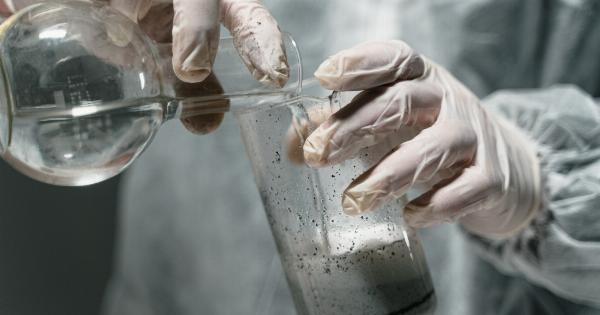Drug abuse has become a concerning global issue, with devastating consequences on individuals and society as a whole. Not only does drug use negatively impact physical and mental health, but it is also associated with various medical complications.
One of the most alarming risks linked to drug abuse is the heightened likelihood of serious heart rhythm problems. This article will delve into the relationship between drug use and these critical cardiac issues, shedding light on the importance of understanding the potential consequences of substance abuse.
The Impact of Stimulant Drugs on Heart Rhythm
Stimulant drugs, such as cocaine and amphetamines, significantly impact the cardiovascular system. These substances cause a surge in heart rate, blood pressure, and vasoconstriction, placing immense strain on the heart and blood vessels.
As a result, individuals abusing stimulant drugs are at an increased risk of experiencing abnormal heart rhythms, known as arrhythmias.
Studies have shown that drug-induced arrhythmias can be life-threatening and may lead to cardiac arrest, stroke, or sudden cardiac death.
The erratic electrical activity in the heart caused by stimulant drug use disrupts the heart’s normal rhythm, potentially resulting in ventricular fibrillation or ventricular tachycardia – two conditions that necessitate immediate medical intervention to prevent fatal outcomes.
Opioid Abuse and its Cardiac Consequences
The opioid epidemic has plagued societies worldwide and is associated with a range of health issues.
While the focus is typically on the respiratory depression caused by opioid use, recent research has highlighted the connection between opioids and heart rhythm abnormalities.
Studies have shown that opioids can lead to a prolongation of the QT interval, which is a measure of the heart’s electrical cycle.
This QT interval prolongation can predispose individuals to a specific type of arrhythmia called torsades de pointes. Torsades de pointes is characterized by a rapid heart rhythm that can result in fainting, seizures, and even sudden death.
The Role of Club Drugs in Heart Rhythm Dysfunction
Club drugs, such as ecstasy (MDMA), methamphetamine, and ketamine, are commonly associated with recreational settings like parties and raves. However, their use comes with serious health risks, particularly concerning heart rhythm abnormalities.
Ecstasy, in particular, has been linked to an increased incidence of heart rhythm disturbances. The drug’s stimulant properties place a considerable burden on the heart, leading to irregular heartbeats and potentially life-threatening arrhythmias.
Prolonged use of ecstasy can also cause long-term damage to the heart muscle, further exacerbating the risk of serious heart rhythm problems.
Marijuana Use and Cardiac Arrhythmias
Marijuana, or cannabis, is often considered a relatively safe drug. However, research has revealed a potential association between marijuana use and heart rhythm abnormalities.
THC, the psychoactive compound in marijuana, has been shown to affect the heart rate and blood pressure. Additionally, marijuana use can cause blood vessels to expand, leading to increased blood flow and workload on the heart.
These physiological effects can contribute to the development of various arrhythmias, including atrial fibrillation – a condition characterized by irregular heartbeats that can increase the risk of stroke.
Mitigating the Risks and Seeking Help
Recognizing the dangerous cardiac consequences of drug use is crucial for addressing this public health issue. Prevention and education play vital roles in curbing drug abuse and preventing heart rhythm problems.
Efforts should focus on targeted interventions, such as awareness campaigns, early substance abuse detection, and comprehensive treatment programs. Providing individuals with the necessary knowledge and resources can help minimize the risks and ensure appropriate support for those struggling with drug addiction.
If you or someone you know is facing drug addiction, seek help from healthcare professionals or substance abuse helplines.
Early intervention and professional guidance significantly improve the chances of recovery and preventing potentially fatal complications.
In Conclusion
Drug use exposes individuals to an elevated risk of serious heart rhythm problems.
Stimulant drugs, opioids, club drugs, and even marijuana can all significantly disrupt the heart’s normal electrical activity, potentially leading to life-threatening arrhythmias. Recognizing the dangerous cardiac consequences of drug abuse is paramount for addressing this critical public health issue.
Effective prevention, education, and treatment programs can help minimize the risks and support individuals on their path to recovery.





























